It can be pretty confusing to figure out, so let’s try and make it understandable!
Others are reading now
It can be pretty confusing to figure out, so let’s try and make it understandable!
Diets galore

From keto to carnivore, paleo to plant-based, there’s no shortage of diet trends out there.
They all promise radiant health and a better you—but not all of them are grounded in science. In fact, some can even be downright dangerous.
Are you confused as well?

It’s completely understandable. The world of nutrition is complex, and for most people, diving deep into dietary science just isn’t realistic.
Also read
That’s why we’re breaking things down with a simple metaphor—one that makes sense whether you’re a health nut or a total beginner.
If your body was a race car …
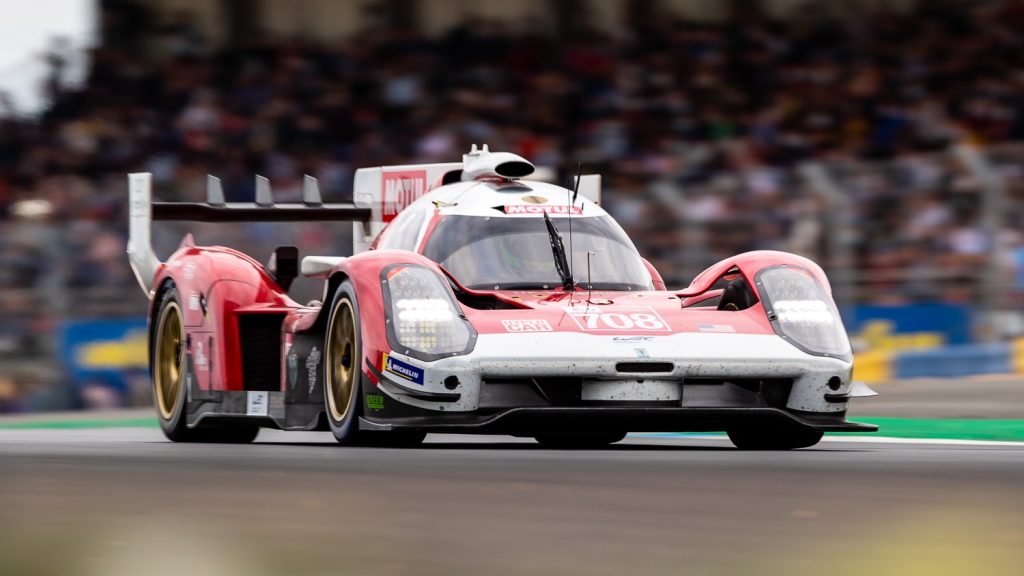
Let’s imagine your body is a high-performance race car. To perform at its best, it needs the right kind of fuel, parts, and maintenance.
That’s where carbs, fats, and proteins come into play.
Carbs: The Premium Fuel
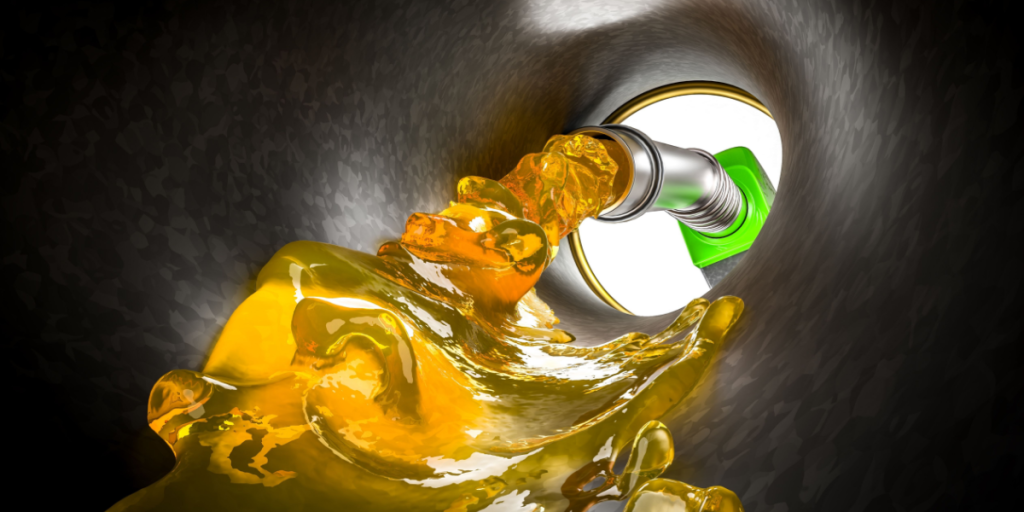
Carbohydrates are your body’s primary source of energy—think of them as the gasoline in your race car.
They power your muscles and keep you moving, especially during exercise.
You run out of carbs, but not of fuel
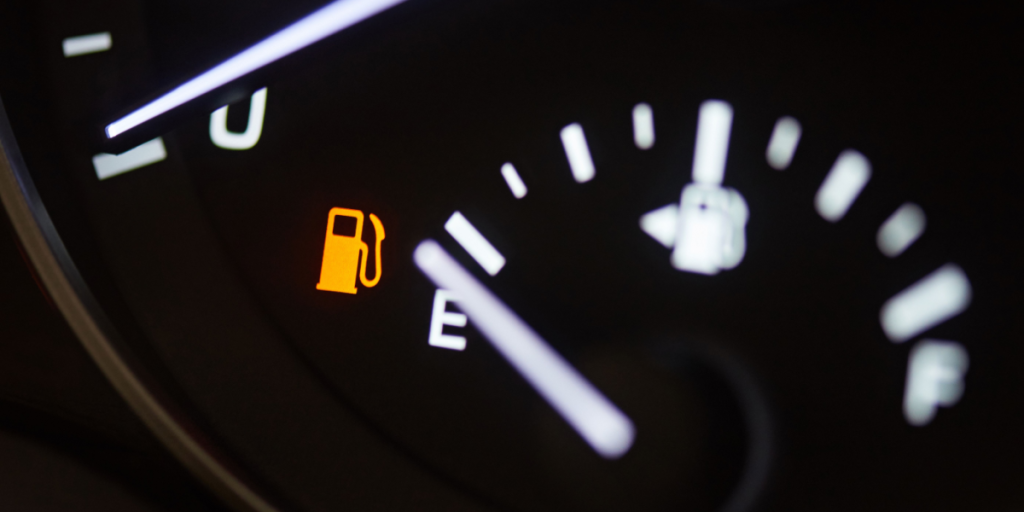
Your body is clever. Even when it runs out of carbs, it doesn’t stop.
Just like a hybrid race car can switch to electric power, your body can tap into other energy reserves.
Fat: The Backup Fuel

When carbs run dry, your body switches to burning fat. It’s a slower, less efficient process—like a car switching from petrol to electric in an endurance mode.
That’s often why marathon runners “hit the wall”—their bodies shift from using carbs to burning fat.
Your protection as well
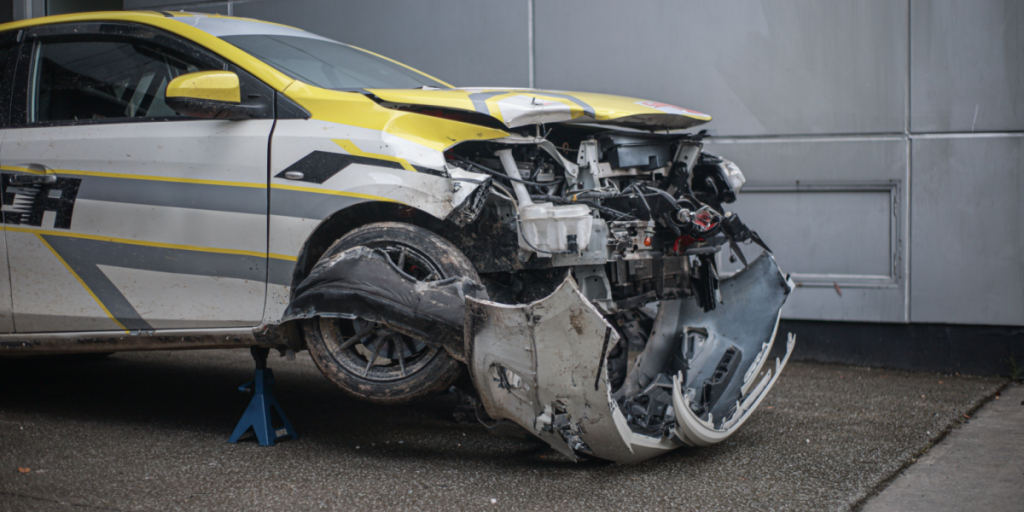
Fat also plays a protective role, shielding your internal organs much like the reinforced shell of a race car protects its driver.
But balance is key: too much fat, and the body—like a car weighed down by armor—can’t perform at its best.
An example

If we return to the race car metaphor, the driver also needs protection when speeding along at 320 kilometers per hour (200 MPH) — but too much protection makes the car heavy and hinders performance.
The same goes for body fat: we need some to stay healthy, but too much can weigh us down and impact how well our bodies function.
Protein: The Engine Parts and Spare Components

Protein is often hailed as the holy grail of nutrition, and for good reason.
Think of it as your car’s engine components and spare parts.
Rebuilding muscle after use

After a long race, a race car needs parts replaced with (preferably) better ones as well as maintenance – as do your body.
Your muscles are built from protein, and after being stressed (like during a workout), they need repairing with fresh, high-quality parts.
The least favourable fuel
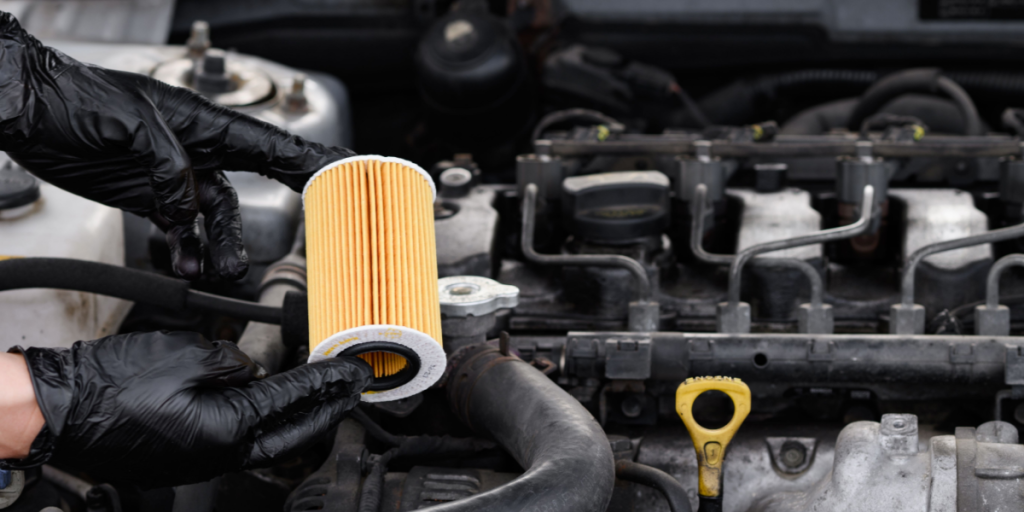
While the body can use protein as an energy source, it’s more efficient to rely on carbs and fat.
Protein’s real strength lies in maintenance and rebuilding.
So to sum up …
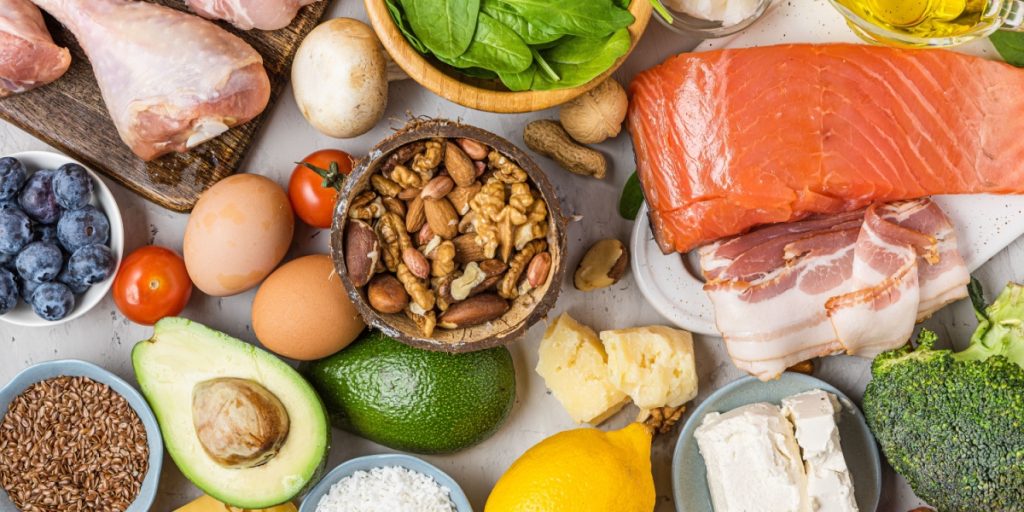
This isn’t an exhaustive breakdown of macronutrients, but it gives you a big-picture view.
So, returning to our race car metaphor:
- Carbs = The fuel
- Fat = The hybrid engine and protective chassis
- Protein = The engine parts and high-performance replacements


